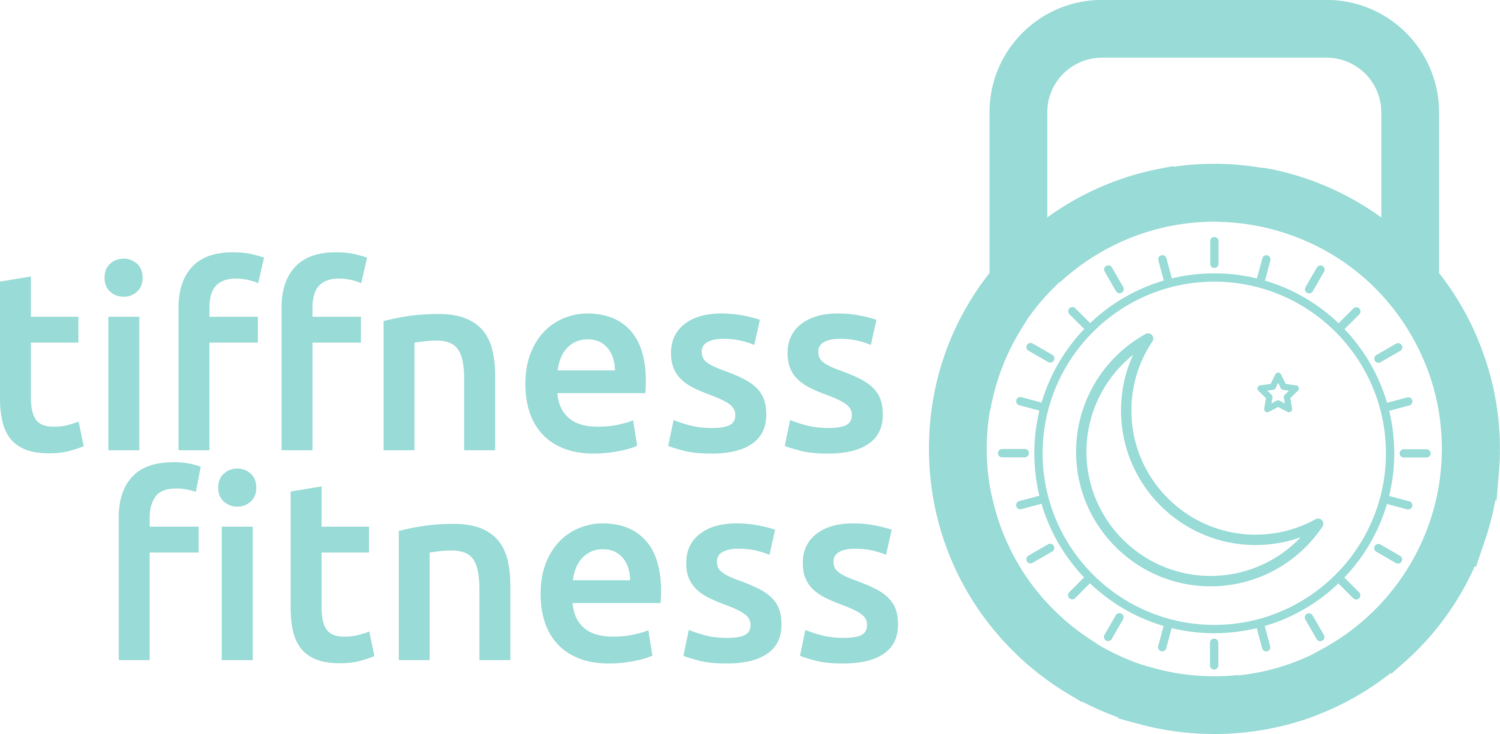right up front, i'm gonna be honest. this may very well turn into a word vomit. i would apologize, but it's my blog so i can do what i want, and sometimes that means i get to just throw up a bunch words onto a screen and the very few of you who read it just have to deal with it.
i recognize that i am a kind of special case when i come to fitness. i love it. i genuinely enjoy working out and pushing my limits and breaking PRs and just all of it.
most of the time.
but the issue i see pretty regularly with people is that they say that they don't like ANY exercise EVER. all of it is terrible and boring and hard and they just don't want to do any of it.
and let me tell you, that's the problem RIGHT THERE.
if you go into every workout with that attitude then OF COURSE it's going to suck. you can't expect to go into a workout with thoughts of "this sucks, this sucks, i hate this so much" on repeat in your head and expect any sort of movement is going to feel good.
there are SO MANY different ways to move and to add exercise into your life and you're telling me that LITERALLY every single one is the worst thing you've ever encountered in your life? sorry, i'm calling bullshit.
did you actually TRY to enjoy the workout? or did you show up and complain about it the whole time?
and what have you tried? did you just try running one day and say well that was hard, i'm not doing that shit again? or go into a gym and go down the row of weight machines and were bored AF and never went back? did one class at that studio and it was really challenging so you just stopped going after a couple classes?
there are SO MANY ways to move and to add exercise into your life. you don't have to just do the regular gym thing lots of people picture when they think of "fitness."
but the thing is, you cannot go into every single workout session with an attitude of "omg this is gonna suck" because that will make literally everything you try suck.
self-talk is a huge part of fitness and if you are being negative the entire time, you are gonna feel terrible & not want to come back and do it again because ALL of the feeling you have with it are all these unhappy and gross feelings.
you're setting yourself up for failure if you are constantly going into with a negative attitude.
even on days that you don't want to do it, just go have a good attitude for like 15 mins and do a warmup and if you feel terrible after that... stop. but 90% of the time if you go into it with a decent attitude after the first 10 mins you'll want to keep going! and if you don't... you gave it a solid try and that's okay cause some days you do need the break.
the main thing to take away from this all is to have a good attitude about your workouts. if you're gonna look at exercise like a punishment it will always feel like a punishment.
&i cannot tell you how much adjusting my attitude has changed my training.
even on days where i have sets that are going to be objectively hard and in the past I have just been D R E A D I N G it and guess what... THEY SUCKED. they were hard and it felt terrible and i didn't hit goals that i had set for myself. and a few weeks ago i had a break through. i was NOT looking forward to a set, but before it i was like, "WELL, i have to do this anyway, so I may as well have fun with it all" so i had a goofy ass warmup and danced around a lot and listened to bangin' music and when it came time for my set i was pretty pumped! and then i crushed it! and that's been the theme since that set. like, if i go in with a good attitude the workout feels SO MUCH better and I DO so much better.
just think ~ you're working out for YOU. exercise is an experience for yourself. you're doing it feel good for you. not anyone else. and if the type of exercise you're doing doesn't feel good - don't do that anymore! like i said before, there are so many ways to move... you just gotta go in with an open mind & you'll find what you love to do too!
if you need help or some guidance in finding the way you want to exercise drop me a line on Instagram or Facebook or send me an email at tiffnessfitness@gmail.com . And if you want to work together check out my Programs page or just shoot me a message and we can make something that works for you! Movement is good for you & you deserve to find the way you like to move!

